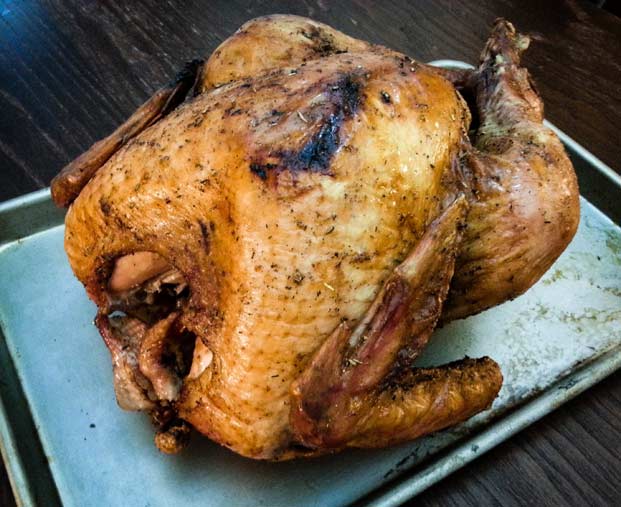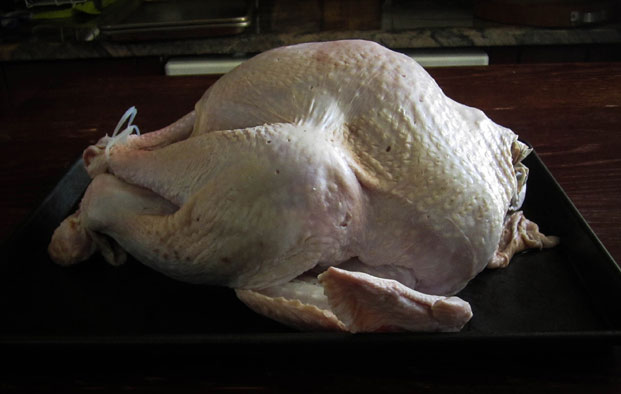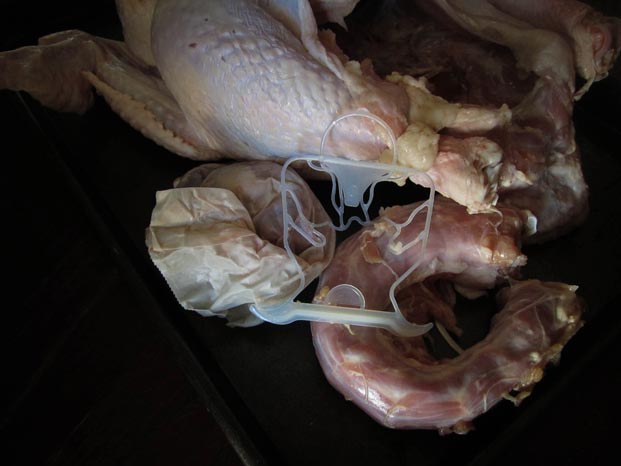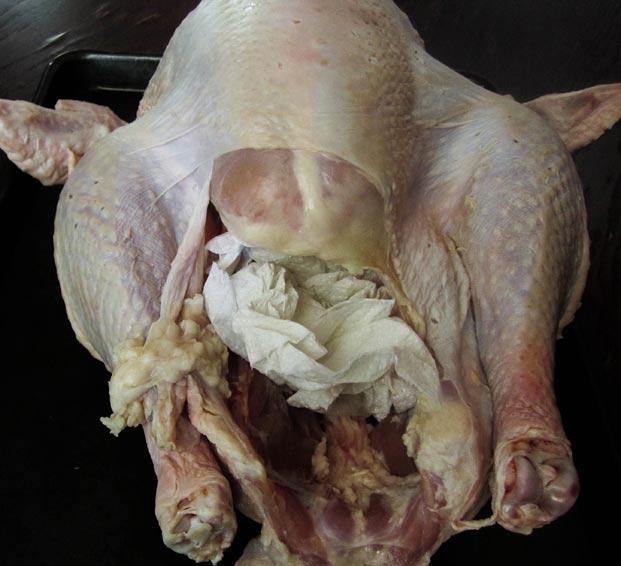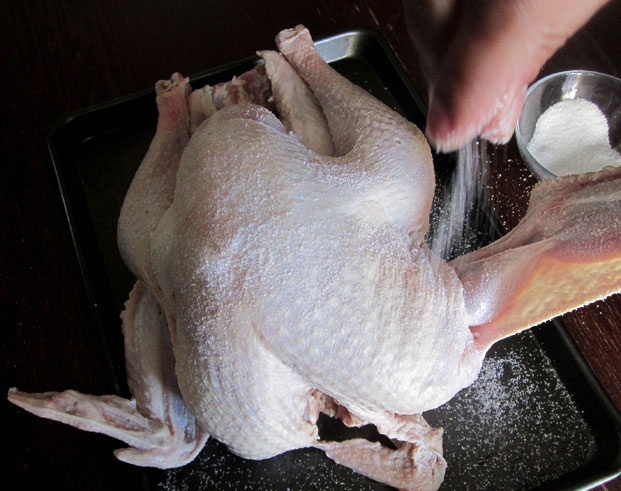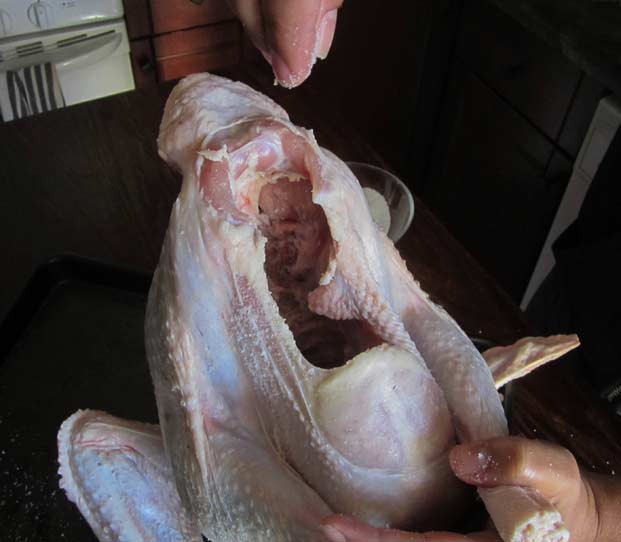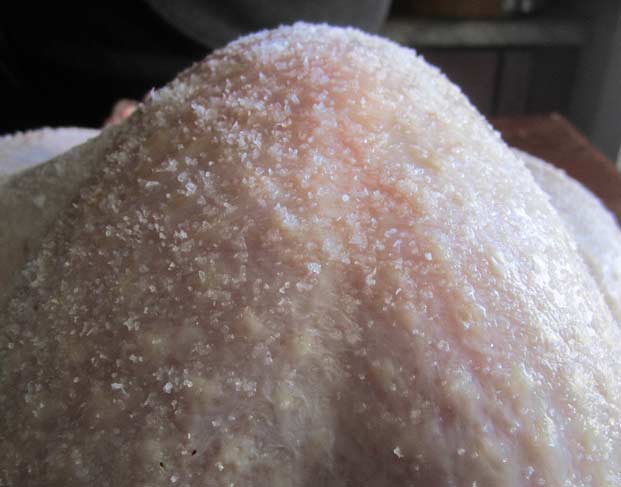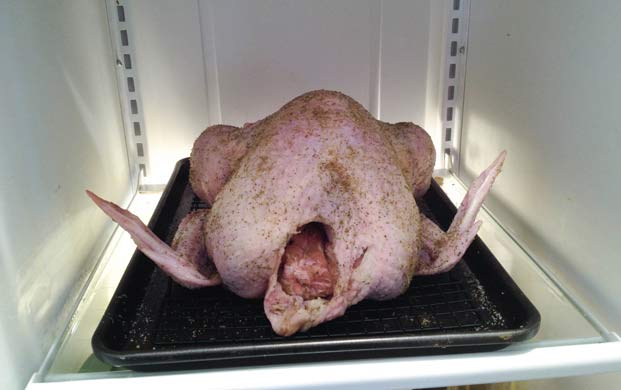Here's my take on a Turkish classic. Some shape this salad into patties, to create a
vegetarian version of the Lebanese dish kibbeh nayyeh (lamb and bulgur tartar), but I
prefer it loose, a bit like a couscous salad. In the south of Turkey, near the Syrian
border, they tend to use pomegranate molasses instead of lemon juice in their kisir. I use
both, and then go to town by garnishing the dish with pomegranate seeds, too. Serve with
fresh lettuce leaves, either as a starter or as part of a meze. Serves four.
Ingredients :
2 large onions, peeled and finely chopped
90ml olive oil, plus more to finish
2 tbsp tomato paste
4 tomatoes, peeled and chopped
90ml water
400g coarse bulgur wheat
1½ tsp pomegranate molasses
1 tbsp lemon juice
6 tbsp chopped parsley
3 spring onions, finely shredded, plus an extra one to garnish
2 green chillies, deseeded and finely chopped
2 garlic cloves, crushed
1 tsp ground cumin
Salt and black pepper
Seeds from 1 pomegranate
1 handful mint leaves, some whole, some roughly shredded
In a large saucepan, sauté the onions in the oil until they turn translucent - about five
minutes. Add the tomato paste and cook over medium heat for two minutes, stirring all the
while with a wooden spoon. Add the chopped fresh tomatoes, leave them to simmer on a low
heat for four minutes, then add the water. Bring to a boil, remove the pan from the heat
and stir in the bulgur.
Add the molasses, lemon juice, parsley, chopped spring onion, chilli, garlic and cumin.
Season, stir, then set aside until the salad has cooled to room temperature or is just
lukewarm.
Taste, adjust the seasoning as necessary - it will probably need plenty of salt - and
spoon on to a serving dish. Roughly flatten out the salad with a palette knife, creating a
wave-like pattern on the surface, then scatter pomegranate seeds over and about. Drizzle
olive oil over the top and finish with the mint and the extra spring onion.
- Sores Dogan






